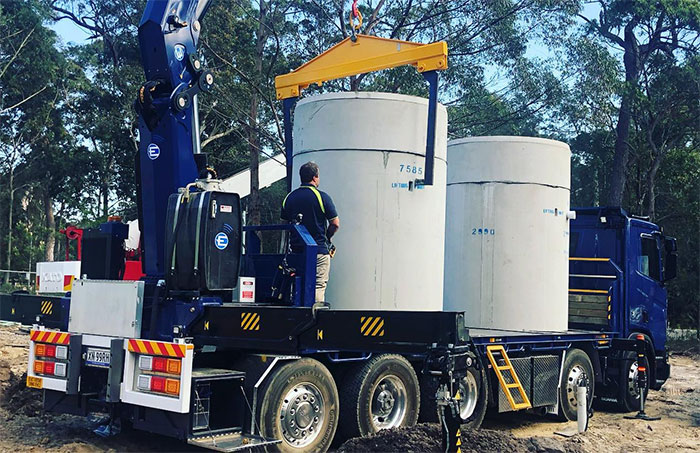What to Expect During the Installation of an Underground Water Tank
When it comes to water tanks, underground tanks have proved to be the most durable and advantageous storage option. Unlike above ground water tanks, underground water tanks can be built to hold a large capacity. They are well hidden below the ground, and this leaves space on your porch for other uses.
In some places within Australia, the winter temperatures can get to chilly lows, and this may freeze the water in above ground water tanks. During summer the stored water heats up, and the temperatures may become overwhelmingly high. Underground water tanks do not suffer this problem. These tanks can maintain water at a constant temperature regardless of the season. Moreover, with an underground tank, your water storage is safe from vandalism and destruction. Here is what you should expect when it comes to underground water tank installation.
The first step in installing an underground water tank involves surveying the site of excavation. Different sites require different approaches when it comes to excavation. Some parts of Australia are rocky, and this may make digging a daunting task. Other areas have unique soils that may be unfavourable for underground tanks. Moreover, the excavators may need to map their digging plan in case your house is in close proximity to the excavation site. Once everything is planned, the excavation can commence.
The size of the tank is entirely dependent on the client. The bigger the tank, the more the need for reinforcement. Most underground tanks are constructed using concrete and more often than not, steel reinforcements are used in the build.
For underground tanks, the piping has to be laid down as the tank is being built. This is because the inlet and outlet systems of the tank are part and parcel of the build. The tanks often have an access route that is normally covered to avoid water contamination. Once the tank is complete, the piping can be hooked to the main water system. A pumping system may be installed alongside the underground water tank. This system builds up enough pressure to get the stored water into the main water system.
Most underground water tanks have an overflow system. The purpose of this system is to prevent the tank from overflowing and flooding your premises. Ball valves have been around since the Victorian times, but they are still used in many water tanks. This simple device closes and opens the water inlet depending on the water level in the tank.
The installation of an underground water tank is a meticulous process. It involves well-calculated planning that starts with a survey of the site. The mixing of the concrete has to be perfect, and there is no room for error. To avoid cracks, the installation process has to be spot on. A well-installed tank will serve you for years.





